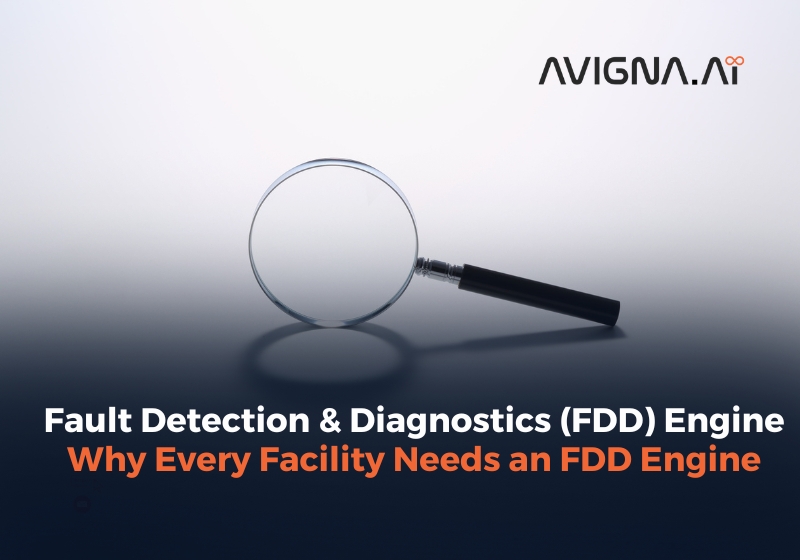Ensuring Operational Continuity: The Importance of Alarm Systems in Industrial Set Up
Modern organizations are complex systems comprising various interconnected and intertwined processes working together seamlessly to achieve certain ends. Nonetheless, if not appropriately handled, potential dangers might impede such processes. Although some variances cannot be foreseen, overlooking the risks taken calls for disaster. Alarm systems come in handy by enabling a proactive approach. They protect operations against unexpected results through constant watchfulness and early alerts. Let’s explore more to know their importance in ensuring operational continuity.
Understanding Alarm Systems
Alarm systems are the frontline protection against disturbances in our everyday activities. With automated checks on crucial parameters, we can monitor performance throughout. Any abnormality that exceeds predefined limits is reported to relevant teams immediately, enabling them to take precautions.
For example, if there is a change in temperature, humidity, pressure, or other factors within acceptable limits for any pharmaceutical company’s productions, such systems would alert their respective departments accordingly. Similarly, networked security alarms help intercept unauthorized entrance into buildings, infrastructure, and properties, thus lessening disruption chances and damages they suffer.
The proactive response offers valuable benefits such as:
- Reduced downtime: Possessing prior knowledge of issues enables moving quickly before the number of effects increases. A considerable amount of time is saved for procedures to take.
- Enhanced productivity: There is always a continuous flow of work. This makes it possible to concentrate on important tasks instead of fire-fighting.
- Helps in cutting repair costs: It becomes possible to attend to minor problems quickly before they become serious ones requiring extensive repairs.
- Supports continuity plans: A trained response allows for swift reverting to alternatives until the issue is resolved from its source.
- Promotes customer satisfaction: No unplanned power cuts happen. Commitment towards maintaining the agreed service levels exists.
Importance of Continuous Monitoring
The effects of disrupted productivity are huge for organizations. Unplanned stoppages destroy reputation and lead to loss of revenue. Through early warnings, continuous surveillance aids in proactive measures to address the issue.
Industry reports indicate that most uptime failures arise from power cuts, device malfunctions, or environmental reasons. Most of them can easily be prevented by proactive observation. In this case, continuous monitoring safeguards against uncertainty by detecting high-risk activities before they occur.
Alarm systems enable round-the-clock supervision by continuous collection of data from sensors. Advanced setups are used as guides; you can use analytics to detect trends and anticipate anomalies. This robust early warning system automates anomaly detection and digitally escalates alerts to prevent issues from passing unnoticed.
Understanding Alarm Functions to Maximize Process Protection
Monitoring equipment and processes through the alarm systems is vital to ensure proper working conditions. However, alarm functionalities need to be clearly understood in selecting the appropriate configurations:
- Threshold Monitoring: Alarms keep track of temperature and pressure, among other parameters, against predefined set points. Alerts are given when upper/lower thresholds are crossed.
- Equipment Status: They can discern on and off states and open and closed ones before failing so that one can detect breakdowns timely.
- Communication Fault: Network redundancy guarantees uninterrupted connections; therefore, when the primary line of communication breakdown happens, it triggers alarms and makes switchovers occur immediately.
- Battery Status: You can easily replace batteries on time when there are low battery warnings so that power fluctuation does not lead to critical service downtime.
Alarm Management Solutions: Central to Industrial Oversight
With more industries automating manual processes, alarm systems have become crucial in control operations through instrumentation and monitoring applications throughout production life cycles.
- Instrumentation: At the field control level, sensors monitor plant conditions such as temperature, pressure, and flow, which are used to generate alarms when set points are crossed. This ensures operators are alerted to take mitigative measures, preventing downtime from equipment failures.
- Batch Processing: Custom designed alarm systems collect parameters during different manufacturing stages for products produced. Any variation from quality specifications is immediately observed to avoid wastage or production defects.
- SCADA Integrations: The supervisory control systems users view their devices/processes through an interface that generates overall warnings from integrated field device data for the control room operators (CRO).
- Pipeline Monitoring: Leak detection sensors ensure flow security in pipelines transporting liquids/gases and install alerts if any unauthorized discharge occurs, automatically isolating the affected regions.
- Facility Security: Motion contact sensors within perimeter intrusion systems protect plant premises 24/7, and control operators are always immediately notified of such unwelcome access events.
Monitoring IT Infrastructures for Non-Stop Productivity
Due to the present dependence on technology, it is just as necessary to avert technological disturbances. Network monitoring devices facilitate early detection of abnormalities:
- Server Monitoring: Alarms for CPU, memory usage, and network or disk utilization will alert when a server consumes too much and slows down before crashes happen.
- Application Monitoring: Glitches get unquestionable before they become crashes through code exceptions, error logs, and response time alarms, enabling fast remedies.
- Network Monitoring: Network partitioning can be detected through traffic alarms, which identify bandwidth bottlenecks and faulty device states, such as router/switch errors.
Final Words
Industrial ecosystems have been transformed by automation and IT services with their digital and remote capacities. Maintaining operational continuity is becoming even more essential for competitive advantage and resilience. Alarm systems facilitate preemptive surveillance for deviations that might go unnoticed until traditional methods escalate them. These diverse monitoring functions, tailored to facility sensibilities and centralized oversight, enhance proactive visibility, thus providing consistency in industries and success metrics via predictive maintenance.
Connect with us at queries@avigna.ai to learn more about securing your devices with alarm systems.





